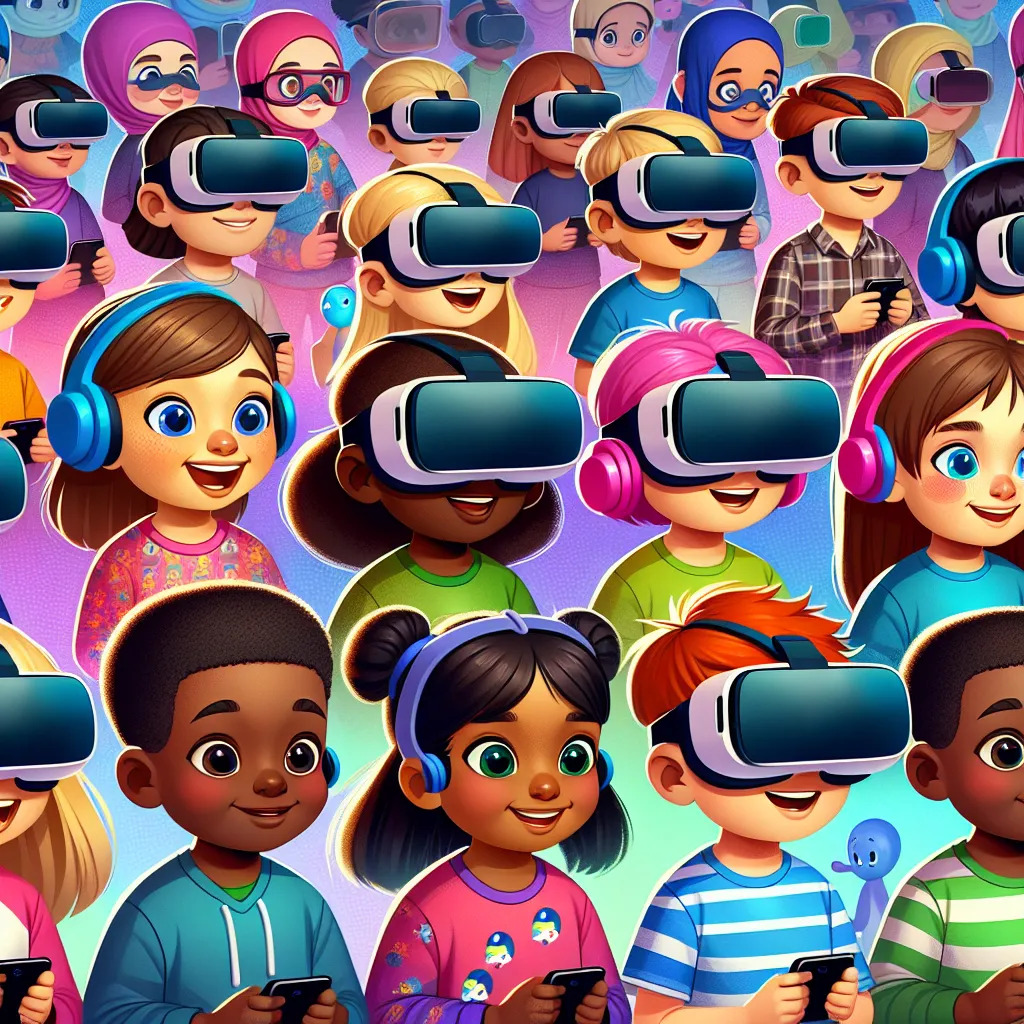The Impact of Augmented Reality on Social Skills Development
Augmented Reality (AR) has emerged as a powerful tool for enhancing behavioral development, particularly in the realm of social skills. By integrating digital information with the user’s environment in real time, AR technology offers a unique platform for promoting social interaction and communication.
One of the key advantages of using AR for social skills development is its ability to create immersive, interactive experiences. Children and individuals with developmental challenges can engage in simulated social scenarios, such as virtual conversations and collaborative activities, within a controlled and supportive environment. This enables them to practice and refine their social skills in an engaging and non-threatening way.
Furthermore, AR applications can provide real-time feedback and guidance, helping users to understand and respond to social cues more effectively. For example, AR programs can overlay visual prompts or cues onto social situations, offering valuable insights and support for interpreting social signals and navigating interpersonal interactions.
Moreover, the customizable nature of AR technology allows for tailored interventions that address specific social skill deficits. Therapists and educators can design AR experiences that target individualized goals, such as improving turn-taking, recognizing facial expressions, or understanding personal space, thereby personalizing the learning process to meet diverse needs.
Overall, the impact of augmented reality on social skills development is profound, offering innovative and effective strategies for supporting individuals in honing their social competencies. By harnessing the capabilities of AR technology, we can create inclusive and empowering environments that nurture and enhance social behavior development.
Harnessing Virtual Reality for Cognitive Development in Children
Enhancing behavioral development through assistive technologies has become a pivotal focus in child development. One particularly promising avenue is the harnessing of virtual reality (VR) for cognitive development in children. VR has emerged as a powerful tool in creating immersive environments that can facilitate learning and stimulate cognitive growth in young minds.
By leveraging VR technologies, children can engage in interactive and dynamic experiences that promote the development of essential cognitive skills. For instance, VR environments can be designed to enhance problem-solving abilities, spatial awareness, and critical thinking. These immersive experiences allow children to explore and manipulate virtual objects, which can significantly contribute to the refinement of their cognitive capabilities.
Furthermore, VR offers a unique opportunity to create tailored experiences that cater to individual learning styles and developmental needs. By customizing the virtual environments, educators and therapists can provide targeted interventions to support children with diverse cognitive profiles. This personalized approach has the potential to optimize the impact of cognitive development programs and interventions.
Research has indicated that the use of VR in cognitive development interventions has yielded promising results, demonstrating improvements in areas such as attention, memory, and executive functioning. Additionally, the engaging nature of VR experiences captures children’s attention and motivates them to actively participate in activities that promote cognitive growth.
As the field of assistive technologies continues to evolve, harnessing VR for cognitive development in children holds tremendous promise for enhancing behavioral outcomes and empowering young learners to reach their full potential.
Integrating Assistive Technologies for Communication Enhancement in Individuals with Autism
Integrating assistive technologies for communication enhancement in individuals with autism is a promising avenue for enhancing their behavioral development. Autism spectrum disorder (ASD) often presents challenges in communication and social interaction, making it crucial to explore technological interventions that can support individuals in overcoming these obstacles. Assistive technologies such as speech-generating devices, communication apps, and visual aids have shown significant potential in aiding individuals with autism in developing their communication skills.
By integrating these assistive technologies into therapy sessions, educational settings, and daily life, individuals with autism can have improved opportunities to express their needs, thoughts, and emotions. These technologies provide visual and auditory support, personalized communication tools, and customizable interfaces, catering to the specific needs and preferences of each individual. Moreover, assistive technologies offer alternative communication methods, reducing frustration and enhancing the overall quality of life for individuals with autism.
Research indicates that integrating assistive technologies into communication interventions for individuals with autism can lead to increased engagement, improved social interaction, and enhanced language development. Furthermore, these technologies empower individuals with autism to participate more actively in various activities and social contexts, fostering their overall behavioral development and well-being. As the field of assistive technologies continues to advance, the potential for integrating these tools into effective autism interventions becomes increasingly promising.

